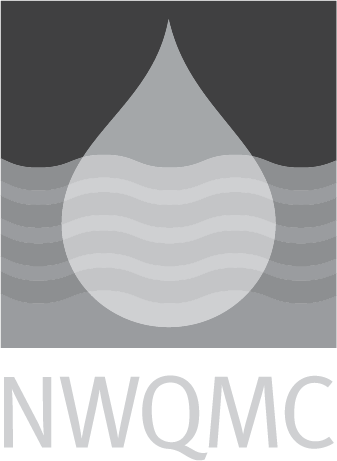USGS-NWQL: I-7084: Barium, suspended-recoverable, water, FLAA
|
Official Method Name
|
Barium, atomic absorption spectrometric, direct |
|---|---|
|
Current Revision
| Revised 1985 |
|
Media
|
WATER |
|
Instrumentation
|
Flame Atomic Absorption |
|
Method Subcategory
|
Inorganic |
|
Method Source
|
|
|
Citation
|
Methods for the Determination of Inorganic Substances in Water and Fluvial Sediments, Techniques of Water-Resources Investigations of the United States Geological Survey, Book 5, Chapter A1 Edited by Marvin J. Fishman and Linda C. Friedman |
|
Brief Method Summary
|
Barium is determined by atomic absorption spectrometry. Sodium chloride is added to control ionization of barium in the flame. |
|
Scope and Application
|
This method may be used to analyze water and water-suspended sediment containing at least 100 ug/L of barium. Sample solutions containing more than 5000 ug/L need to be diluted. Suspended recoverable barium is calculated by subtracting dissolved barium from total-recoverable barium. |
|
Applicable Concentration Range
|
100-5000 ug/L |
|
Interferences
|
The use of a nitrous oxide-acetylene flame virtually eliminates chemical interferences in the determination of barium. However, barium is easily ionized in the nitrous oxide-acetylene flame; to control this effect, sodium chloride solution must be added to each sample and standard. |
|
Quality Control Requirements
|
Calibrate instrument using calibration standards (CAL). Quality control samples (QCS) and laboratory blanks (LB) analyzed at a minimum of I each after every 10 samples. (Reference OFR 95-443). |
|
Sample Handling
|
Container Description: 250 mL Polyethylene bottle, acid-rinse. Treatment and Preservation: Use unfiltered sample to rinse bottles, then acidify collected sample with HNO3 to pH < 2. |
|
Maximum Holding Time
|
180 days |
|
Relative Cost
|
Less than $50 |
|
Sample Preparation Methods
|




